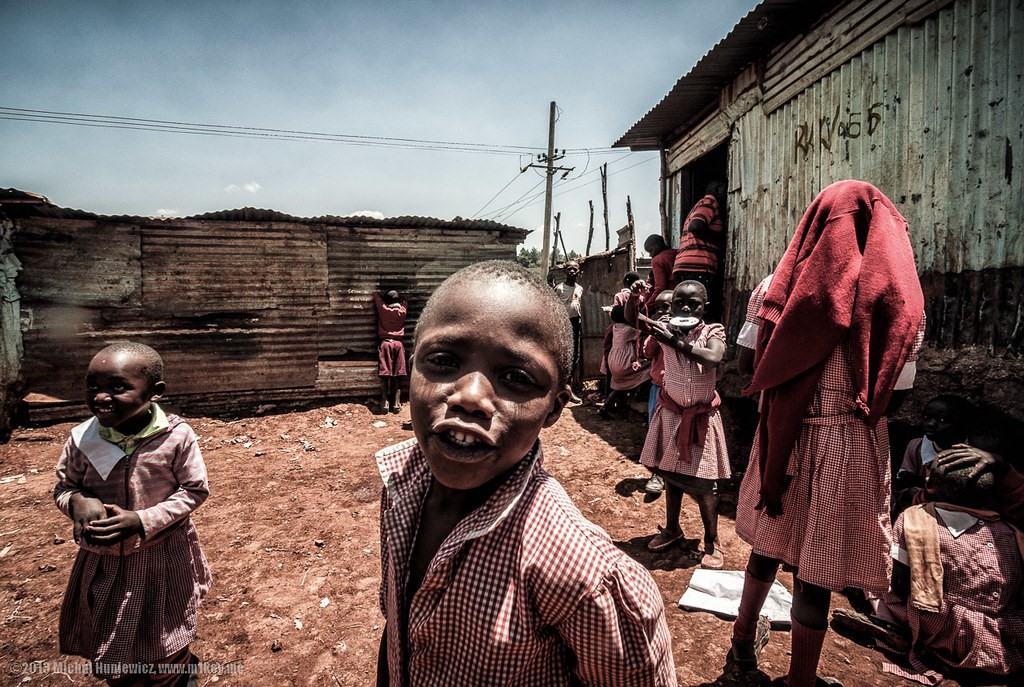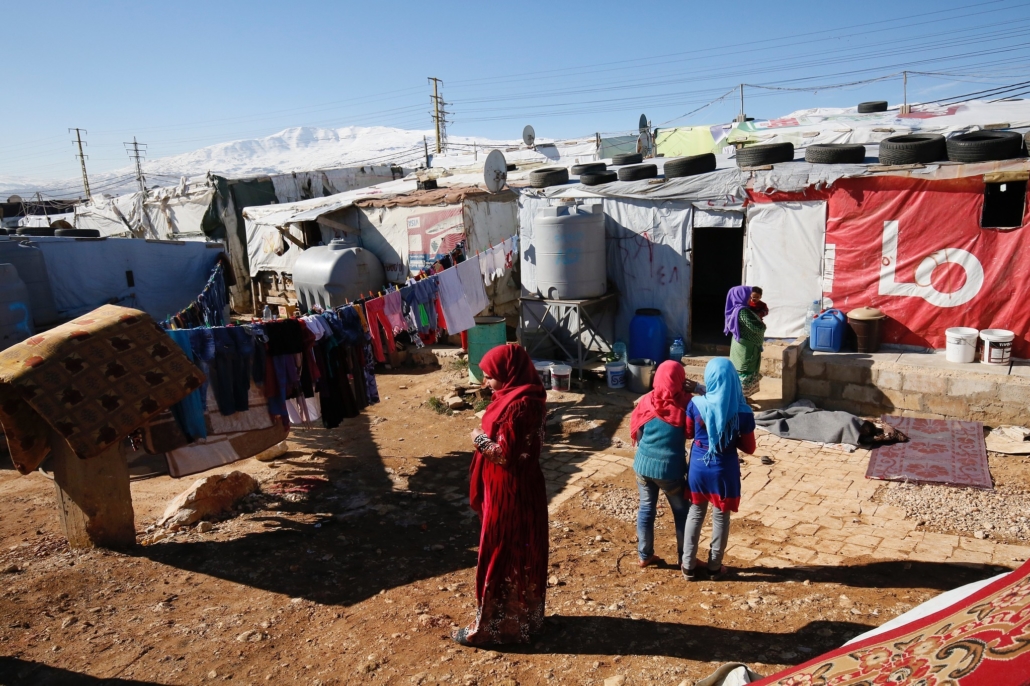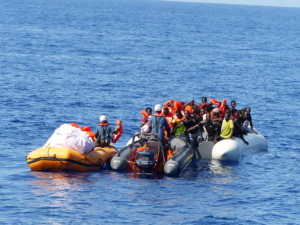 The migrant boat shipwreck occurring in Italy on February 26, 2023, serves as a reminder that stronger action is necessary to address the Mediterranean migration crisis. Thousands of migrants attempt to cross the Mediterranean Sea by boat with the hope of a better future. However, the Mediterranean is a deadly route for migrants, with more than 26,000 people missing or dead since 2014.
The migrant boat shipwreck occurring in Italy on February 26, 2023, serves as a reminder that stronger action is necessary to address the Mediterranean migration crisis. Thousands of migrants attempt to cross the Mediterranean Sea by boat with the hope of a better future. However, the Mediterranean is a deadly route for migrants, with more than 26,000 people missing or dead since 2014.
The EU’s response to the migrant crisis in the Mediterranean has been criticized for falling short in addressing and collaborating on the issue. Numbers of experts posit that the prioritization of borders over human lives is an uncomfortable truth that must be confronted as the deadly waters continue to claim the lives of those seeking a future free from poverty, war and violence.
Migrant Boat Shipwreck in Italy
The migrant boat shipwreck in Italy led to at least 63 confirmed deaths, including women and children. The migrants had hoped to land near Crotone in search of a new life free from poverty. About 200 migrants from Afghanistan, Pakistan, Somalia, Syria, Iraq and Iran boarded the boat, which had set out from Izmir, Turkey a few days before the shipwreck.
Due to high poverty rates and extreme living conditions in countries like Afghanistan, people are seeking better opportunities through migration. The economic collapse in Afghanistan, worsened by the Taliban’s seizure of power and international donors suspending non-humanitarian funding has created a humanitarian crisis. As of mid-2021, the U.N. Refugee Agency reported that 2.7 million Afghans were displaced across borders worldwide.
The loss of lives in this incident serves as a reminder of the urgent need for comprehensive solutions to the ongoing migrant crisis in the Mediterranean.
Recent data shows a noteworthy surge in migrant arrivals in Italy compared to the same months in 2021-2022, with the figures tripling. While the peak of the migrant crisis in the EU was witnessed between 2014-2017, this year has seen a steep increase in arrivals, with Ivorians, Guineans, and Bangladeshis being the most represented nationalities.
Many migrants originate from countries with high poverty rates, including Cote d’Ivoire, which experienced a 6.7% rise in GDP in 2022, yet more than 11% of its population lived below the international poverty line. Similarly, extreme weather events and other factors have led to 35 million people continuing to live below the poverty line, as per recent reports.
Taking Action to Resolve the Mediterranean Migration Crisis
The Global Route-Based Migration Programme, initiated by the International Federation of Red Cross and Red Crescent Societies (IFRC) in 2021, aims to improve the safety and dignity of people on the move, including migrants, refugees, asylum seekers, and other displaced individuals, along land and sea-based migration routes in Africa, Europe, the Middle East and North Africa and the Americas.
The program seeks to support 4.7 million people on the move and people in host communities annually by utilizing the expertise and reach of 57 Red Cross and Red Crescent Societies worldwide. It is a tool that can be used to address the migration crisis and improve coordination and collaboration among organizations and governments, while also enhancing support and access to essential needs such as food, water, shelter, information and health care.
The Path Forward
Addressing the root causes of migration and providing support to those in need requires a collaborative effort. In a bilateral meeting on the aftermath of the migrant boat shipwreck in Italy, during a March 2023 EU summit in Brussels, French President Macron and Italian Prime Minister Meloni discussed the need for a common European solution to manage migration and aid those in need. While migration policy has been a point of tension between the two countries in the past, this meeting signifies a step toward finding common ground and working together to address the complex challenges of migration in Europe.
– Elena Maria Puri
Photo: Flickr
 For 12 years, Syria has suffered from grinding internal conflict and war. This has strained Syrians and their economy. More than half of Syria’s population has been displaced, both internally as well as in neighboring countries. According to the World Bank,
For 12 years, Syria has suffered from grinding internal conflict and war. This has strained Syrians and their economy. More than half of Syria’s population has been displaced, both internally as well as in neighboring countries. According to the World Bank, 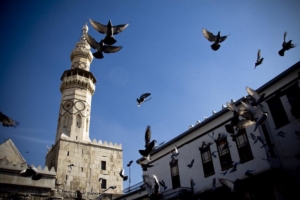 During the Eid holidays, the number of border crossings in and out of Syria drastically increased. As a result of such rising travel, the subsequent transmission of COVID-19 and reported cases additionally increased. With the remnants of the aforementioned influx continuing into late August and September 2021, vaccines in Syria are desperately needed, due to Syria being home to one of the fastest increasing rates of infection in the world. Thus, the early September shipment of over
During the Eid holidays, the number of border crossings in and out of Syria drastically increased. As a result of such rising travel, the subsequent transmission of COVID-19 and reported cases additionally increased. With the remnants of the aforementioned influx continuing into late August and September 2021, vaccines in Syria are desperately needed, due to Syria being home to one of the fastest increasing rates of infection in the world. Thus, the early September shipment of over 
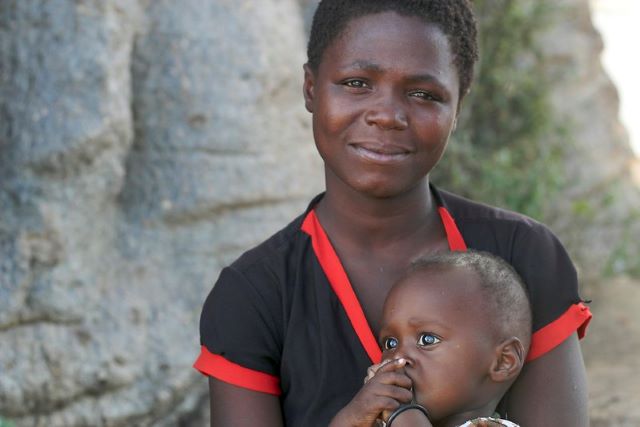 Iceland, located in the North Atlantic Ocean, has a population of fewer than 400,000 people. The small Nordic island is home to some of the most sought after natural landmarks and tourist attractions such as the northern lights. Although small, the country has provided big backing to countries triple its size through its foreign aid programs. In 2008, Iceland experienced what economists considered to be the most
Iceland, located in the North Atlantic Ocean, has a population of fewer than 400,000 people. The small Nordic island is home to some of the most sought after natural landmarks and tourist attractions such as the northern lights. Although small, the country has provided big backing to countries triple its size through its foreign aid programs. In 2008, Iceland experienced what economists considered to be the most 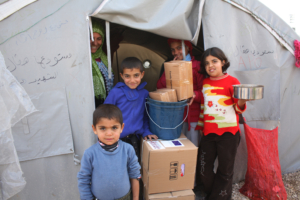 The Syrian conflict continues to rage through this pandemic. The locus of fighting has shifted to the provinces of Idlib and Aleppo. Since 2019, the Syrian government — with support from Russia — has engaged in various bombing campaigns in the region and sent ground forces as well. Idlib is clearly feeling the effects of this violence. The need for aid in the province grows alongside the increasing size of the humanitarian crisis. One particularly important but overlooked aspect of the devastation in Idlib is the rising cost of food. Child hunger in Idlib is a result of the rise in levels of food among the youth due to price increases.
The Syrian conflict continues to rage through this pandemic. The locus of fighting has shifted to the provinces of Idlib and Aleppo. Since 2019, the Syrian government — with support from Russia — has engaged in various bombing campaigns in the region and sent ground forces as well. Idlib is clearly feeling the effects of this violence. The need for aid in the province grows alongside the increasing size of the humanitarian crisis. One particularly important but overlooked aspect of the devastation in Idlib is the rising cost of food. Child hunger in Idlib is a result of the rise in levels of food among the youth due to price increases.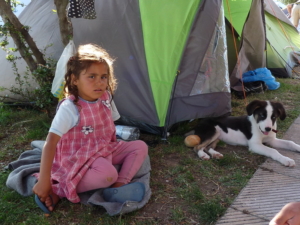 Wars, persecution and horrific conditions caused by extreme poverty created 36 million refugees around the world. 24 million of these refugees come from just 5 countries: Syria, Venezuela, Afghanistan, South Sudan, and Myanmar. Here’s a look into the five largest refugee crises of our time.
Wars, persecution and horrific conditions caused by extreme poverty created 36 million refugees around the world. 24 million of these refugees come from just 5 countries: Syria, Venezuela, Afghanistan, South Sudan, and Myanmar. Here’s a look into the five largest refugee crises of our time.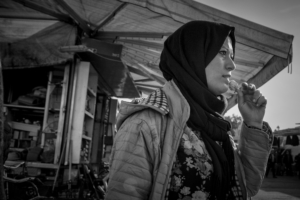 Syrian refugees face a variety of hardships in their daily lives, especially those with families. Syrian refugee women often have trouble finding the care that they need for themselves and their children. This is often due to the fear of being sent back to Syria. However, many countries are making changes in order to help these women by creating policies specifically for refugees. Below are seven facts about women’s health for Syrian refugees.
Syrian refugees face a variety of hardships in their daily lives, especially those with families. Syrian refugee women often have trouble finding the care that they need for themselves and their children. This is often due to the fear of being sent back to Syria. However, many countries are making changes in order to help these women by creating policies specifically for refugees. Below are seven facts about women’s health for Syrian refugees.